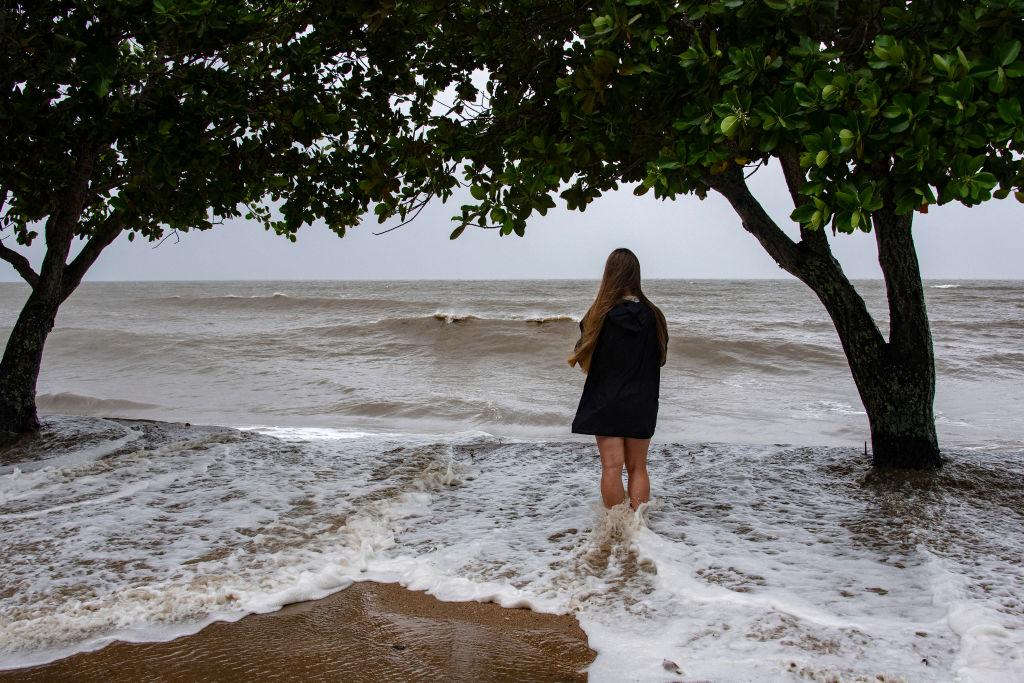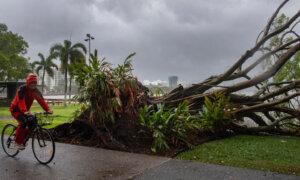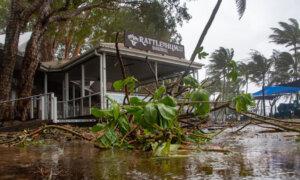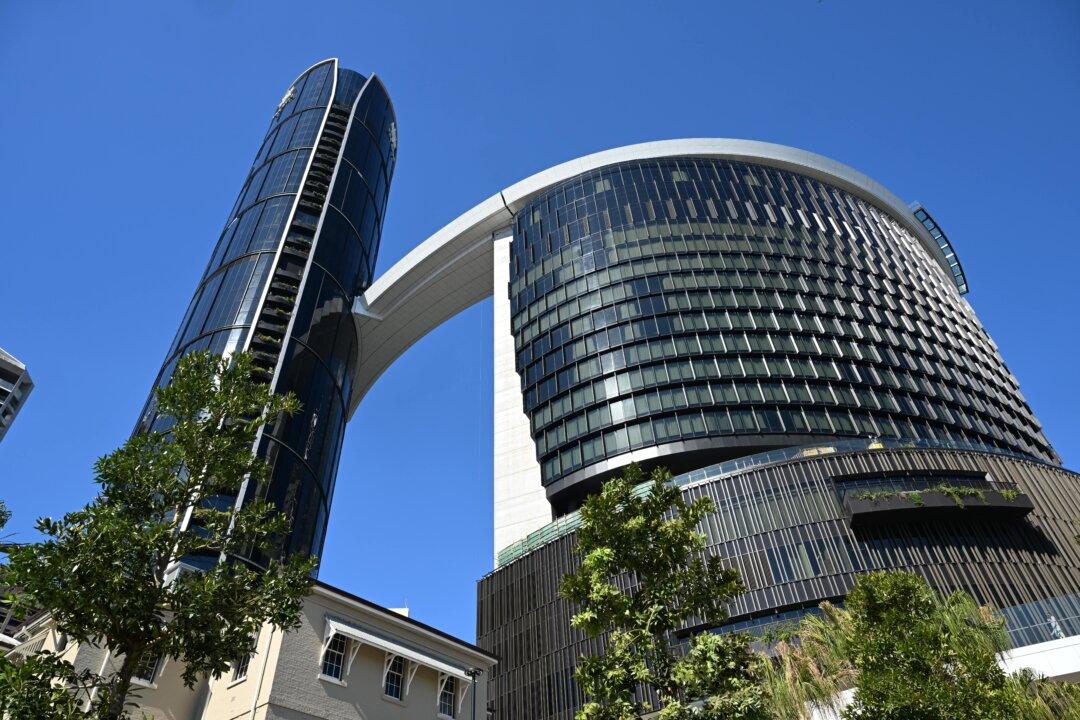The evacuation of a flooded town has been postponed but wet weather has not stopped some heroic rescues in far north Queensland.
The entire town of Wujal Wujal north of Cairns - all 300 people - was at one stage set to be evacuated on Dec. 18 after some were trapped on roofs, including a seven-year-old at the local hospital.
However, Australian Defence Force helicopters will attempt to relocate the majority to Cooktown from early Tuesday, Dec. 19, after wet weather sabotaged their plans.
Authorities insisted everyone at Wujal Wujal was safe and on higher ground with no reports of serious injuries despite crocodile sightings and disease warnings on Dec. 18.
A 71-year-old man died north of Cairns but it was from a medical episode and “not as a result of the event”, police said.
The Wujal Wujal evacuation might have to wait but there has been no shortage of bold rescues, with one local using a fishing boat to save eight people at the Aboriginal community on Dec. 18.
Another used a mustering helicopter to save 15 people from a hotel rooftop near Cooktown.
Five people - including two children - were rescued at Mount Molloy after spending the night on their roof.
“We have seen incredible acts of bravery ... with families saved from rooftops and locals lending a hand to look after their neighbours,” Queensland Premier Steven Miles said.
“I want to thank our first responders for their incredible work but also those good Samaritans.”
The Australian Defence Force has sent about 150 personnel, equipment and four aircraft north to help, with communities isolated from Cooktown to Innisfail and more than 13,000 people without power.
There were about 300 rescues while another 200 self-evacuated north of Cairns overnight with assistance from the HMAS Cairns naval base.
More than 100 people remain in evacuation centres.
“We have heroes on the ground who have been out all night,” Mr. Miles said.
“We deployed literally every boat we could get our hands on.”
Dozens of December daily rainfall records have been broken in the far north including in Cairns, which received the most rain since 1964, and Cooktown, which had the heaviest falls since 1907.
There was also a record flood peak of about 15m at the Daintree River while the Barron River was at its highest since 1977.
Rain finally started to ease on Dec. 18 with a severe weather warning for the region cancelled.
Emergency services said late on Monday flooding in Bluewater Estate, Trinity Park, north of Cairns had passed.
Those in the area were told to be careful of dangers caused by the flooding such as downed power lines and damaged roads.
Major flood warnings for the Murray and Tully Rivers remain.
All major far-north roads are closed, with some requiring months of repair work.
Cairns is cut off but the water treatment plant is operating again with the airport set to reopen on Dec. 19 in a major boost for rescue plans.
People have also been warned of crocodile sightings and the risk of disease.
Chief Health Officer John Gerrard said floodwaters brought the threat of bacterial diseases such as leptospirosis and melioidosis.
He asked anyone who had a fever or a wound that became sore after contact with floodwaters to see a doctor.
“Contaminated floodwater and mud can carry the risk of infection,” he said.







